 |
Wolf in White Van
by John Darnielle
Farrar, Straus and Giroux, 2014
224 pages / $24.00 buy from Amazon
|
1. I don’t like writing. The actual act of writing, I mean. It’s hard to get started. Just getting this first of twenty-five points written took longer than the next twenty-four.
2. I like better having written, when there’s a mess of text on the page to play with. It’s not really creating anymore at that point; it’s discovery, exploring. Moving around in it and finding what I might have missed the first time.
3. John Darnielle’s Wolf in White Van is a book about a lot of things. Mostly, though, it’s about exactly this kind of discovery and exploring that appeals to me. Discovery through text, exploring between your ears. Imagined mountains, dreamt-up spaces.
4. “It gets so lonely living inside your own head,” writes the narrator, as way of explanation for having dreamt up one particularly dangerous space. The book centers on this hero’s reasons for—and the consequences of—dreaming up a game called Trace Italian.
5. Trace Italian is a by-mail role-playing game of sorts. “The way you play Trace Italian,” the narrator tells us, “seems unbearably quaint from a modern perspective, and people usually don’t believe me when I tell them it’s how I supplement my monthly insurance checks, but people underestimate just how starved everybody is for some magic pathway back into childhood.”
6. “A magic pathway back into childhood” is a better way of describing what this book is about. Memory, remembering. Finding the path back to a place where anything is possible.
7. It’s just the kind of book I like best.
8. I’m so glad this book isn’t called Trace Italian.
9. The “monthly insurance” checks the narrator mentions in point 5 above are part of the mystery of the book. What exactly happened that led this person to create a game and collect insurance checks? What caused him to live sequestered from the world? Why does he order swords from a catalog? Real, honest-to-god swords?
10. Players begin Trace Italian by sending an SASE to a PO Box and receiving in turn a sheet of paper telling them where they are in the imagined world. It’s a post-event world of sorts; they must traverse a landscape toward an end goal, the Trace, where they’ll find safety from the bad things that have taken over.

 Free Junk
Free Junk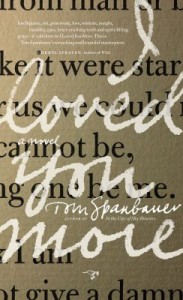 I Loved You More
I Loved You More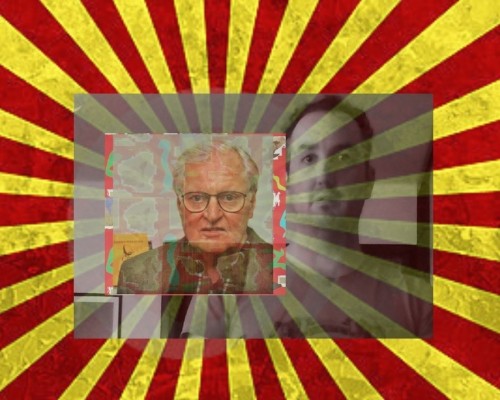
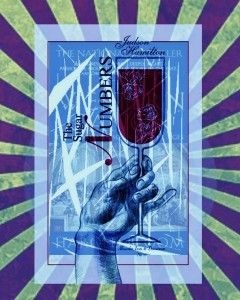
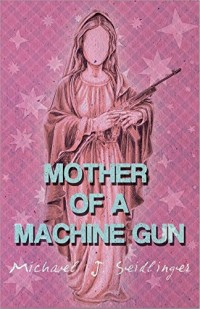
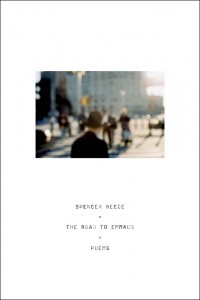
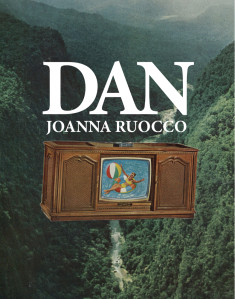 Dan
Dan